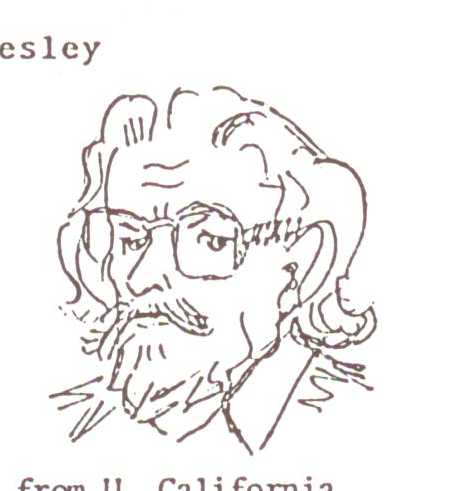A Scalar Gravitation Theory in Absolute Space-Time
Year: 1988
Keywords: scalar gravitation in absolute space-time
Poisson's equation for the Newtonian gravitational potential is extended to include the mass equivalent of the field energy itself as part of the source mass. Time retardation is introduced by converting Poisson's equation to a wave equation with a time-dependent source. Neglecting time retardation, about 40 percent of the unaccounted portion of the precession of the perihelion of Mercury is predicted. The gravitational red shift, the slowing of the speed of light, and the bending of a light ray in a gravitational field follow from Newtonian gravitation and the behavior of photons. Gravitational effects are generally smaller than for Newtonian gravitation. There is no limit, such as the Chandrasekhar limit, for the size of gravitating bodies; so super-massive bodies, being admissible, may account for the missing mass in the universe and the origin of quasars and galaxies. The cosmological red shift is obtained as a gravitational effect, the Hubble constant predicted being in reasonable agreement with observational estimates. According to this theory, the cosmological red shift is not a Doppler shift, the universe is not expanding, the big bang never happened, and the universe must be in steady-state equilibrium.


